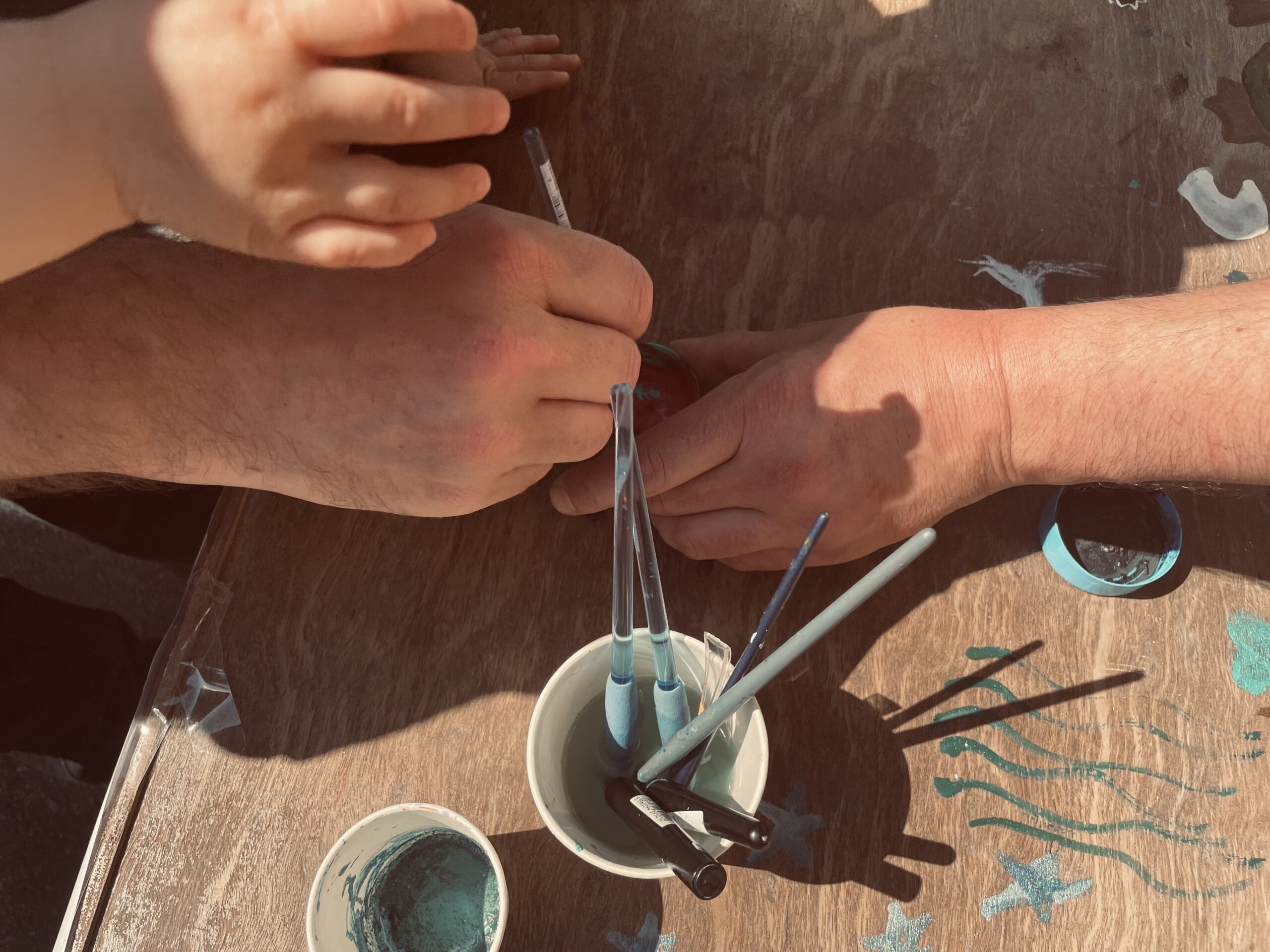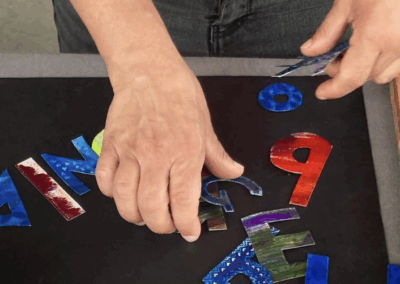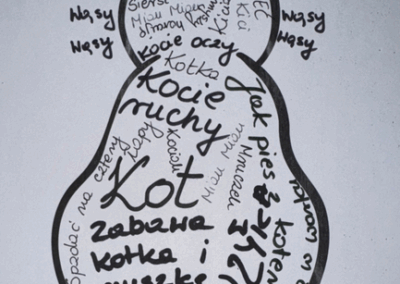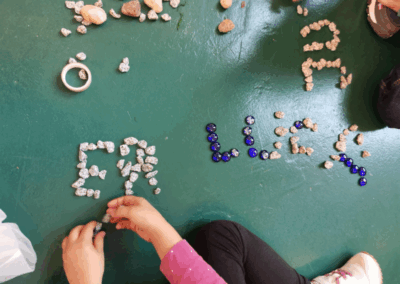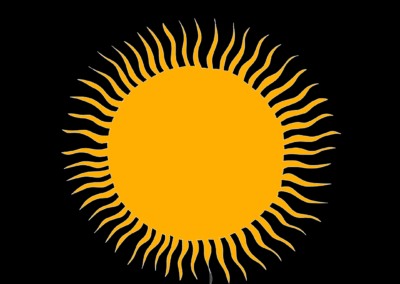Guide for Users
Guidelines for using the ALADIN online handbook
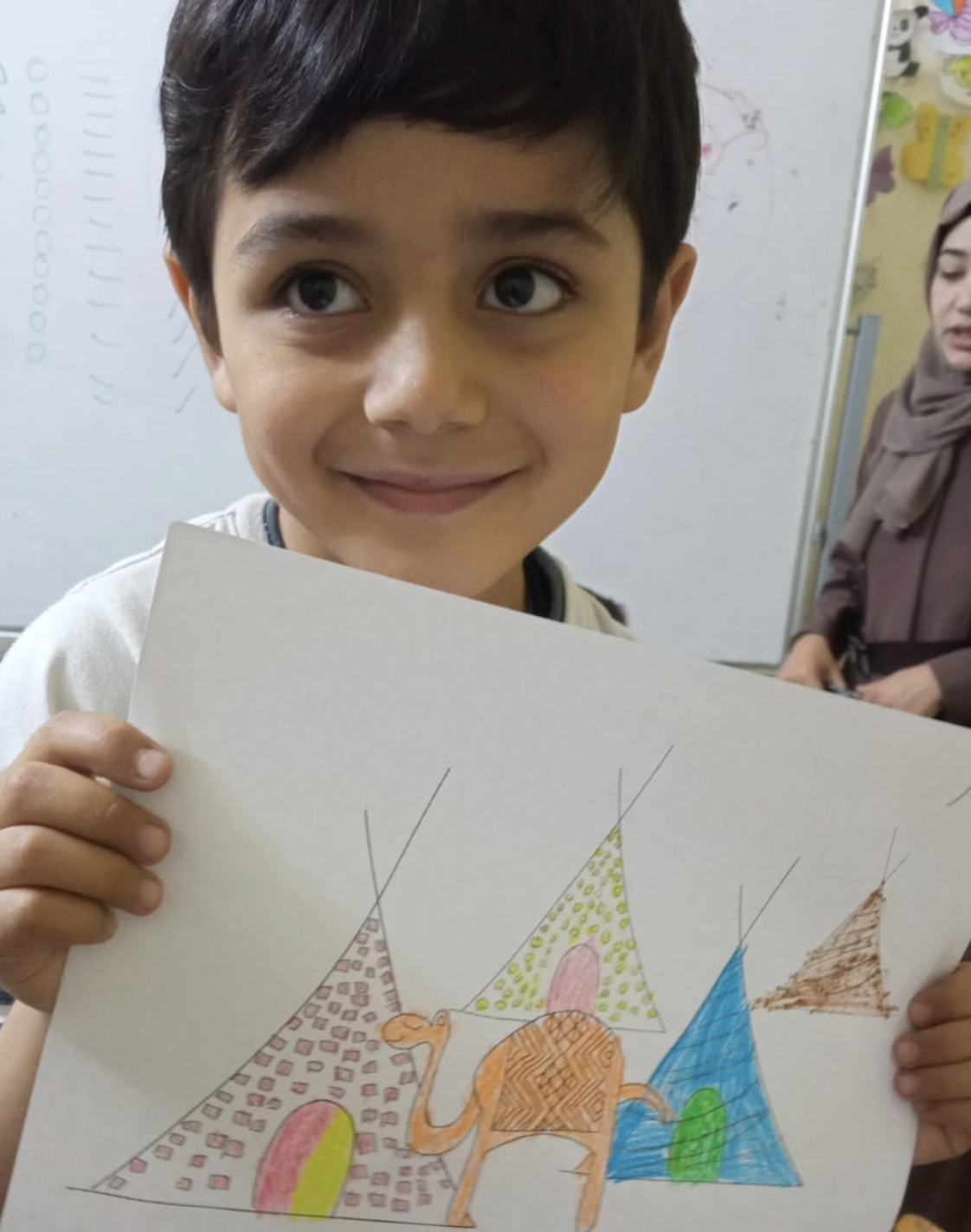
What is Aladin?
Aladin is a collection of educational resources designed for educators and parents who wish to teach heritage languages to children.
Through playful and creative activities, Aladin helps children learn the language while also gaining knowledge of—and appreciation for—their culture and origins.
Aladin offers tools and inspiration to make language learning a fun, engaging, and meaningful experience, promoting both linguistic skills and cultural identity.
The Aladin Approach
Aladin is not only a collection of resources but also a method of collaborative practice and knowledge sharing among educators and learners of heritage languages. Based on a shared exploration of existing teaching practices—our own and those discovered in exhibitions, libraries, and non-formal educational spaces—we designed and tested new, language-specific teaching methods.
These methods integrate tools and ideas exchanged and developed collaboratively in Berlin, Marseille, and Paris. The approach is rooted in cross-cultural learning, drawing from our collective experiences.
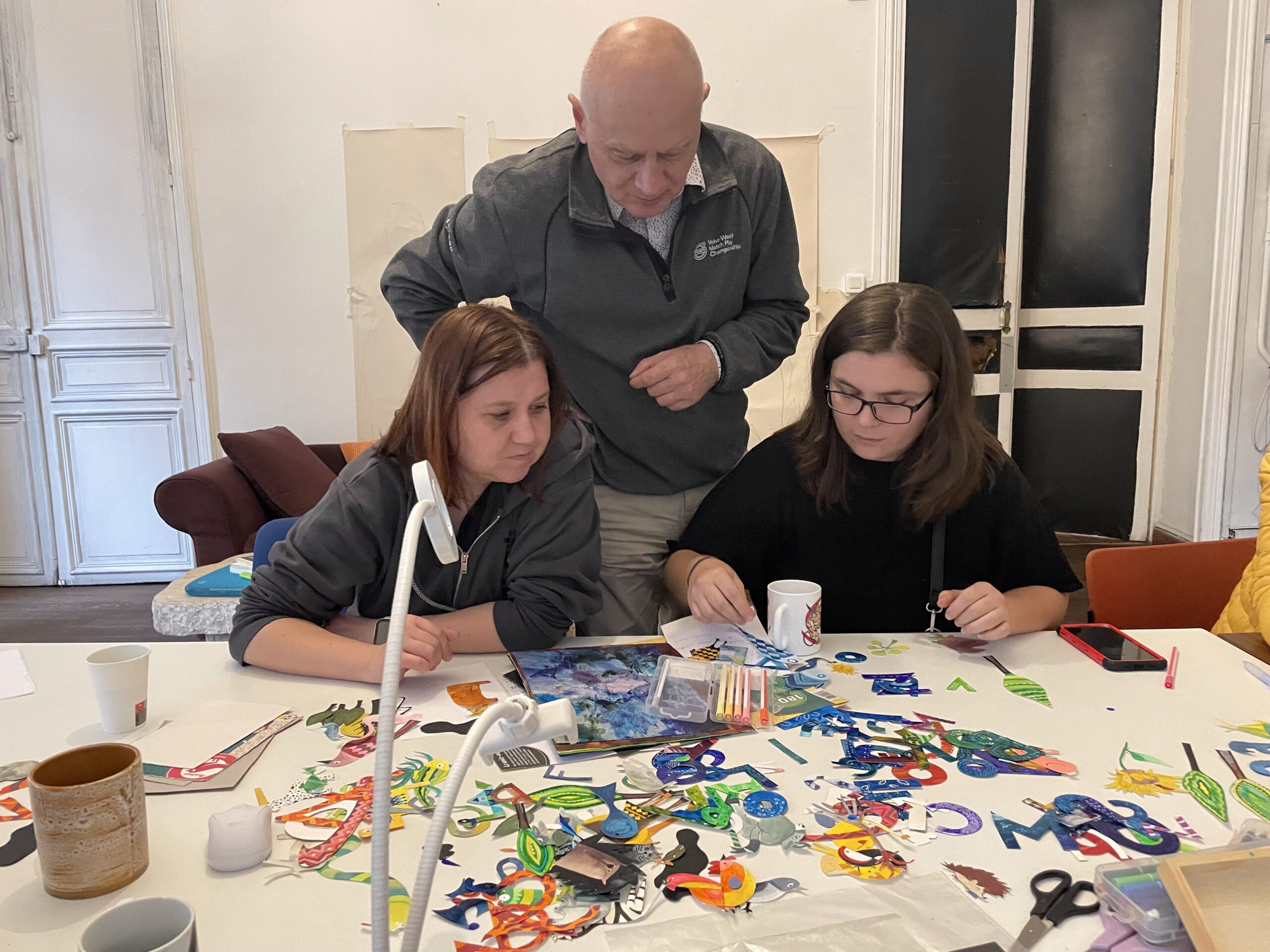
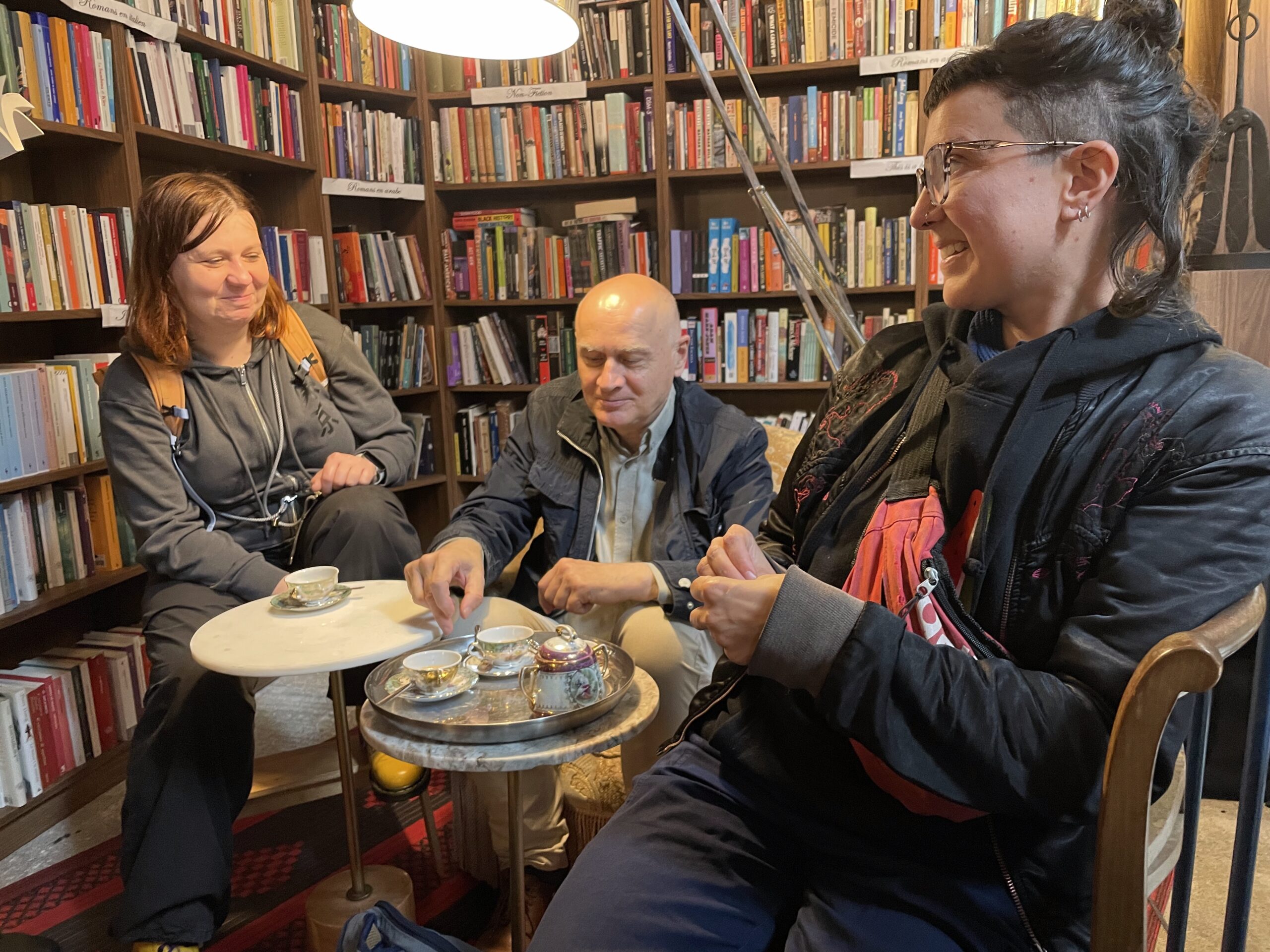
Who Are We?
The Aladin collection was created by four organizations based in Paris, Berlin, and Marseille. Each is engaged in supporting migrants, refugees, and families in exile through initiatives that promote inclusion and cultural connection.
We believe that valuing one’s heritage language and culture is essential for personal empowerment and successful inclusion. By recognizing and celebrating cultural roots, individuals—especially children—can build confidence and foster respect for diversity. Aladin reflects this vision by offering tools that nurture both language learning and cultural pride.
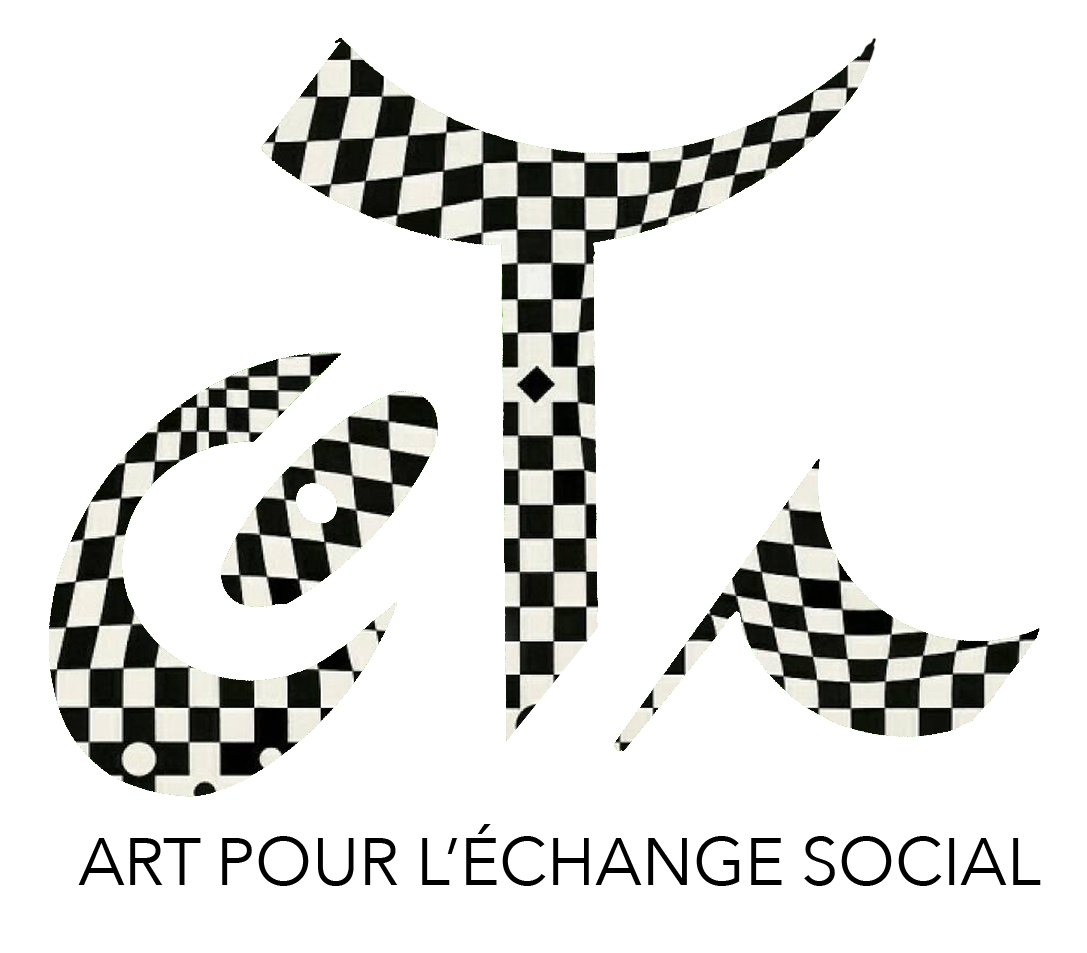
COTA ONG
COTA ONG is an association focusing on education through art, ecological and participatory design, community and capacity building for migrants, refugees, artists and craftspeople.

CRN
CRN conducts research, designs and organises courses and trainings in non-formal education for young people, adults and in the field of vocational education and training.

Koopkultur
The Koopkultur team and the organisation’s partners are experts in various fields, including participatory practices, cultural education, socio-cultural work, language education and multilingualism.
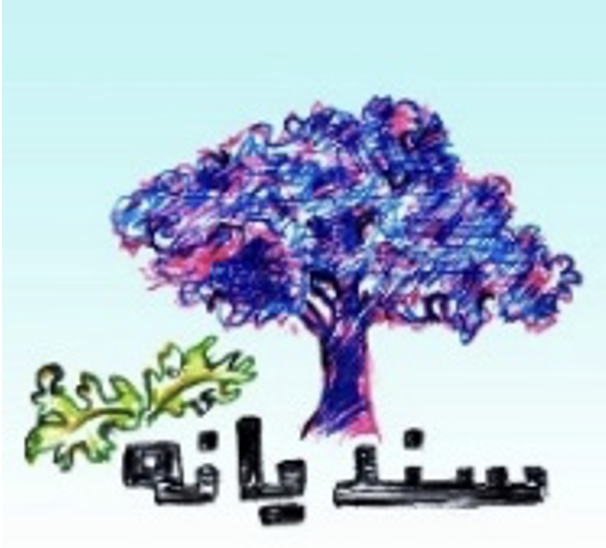
Sindiane
Sindiane is an innovative legal, psychological and community health self-support and empowerment project.
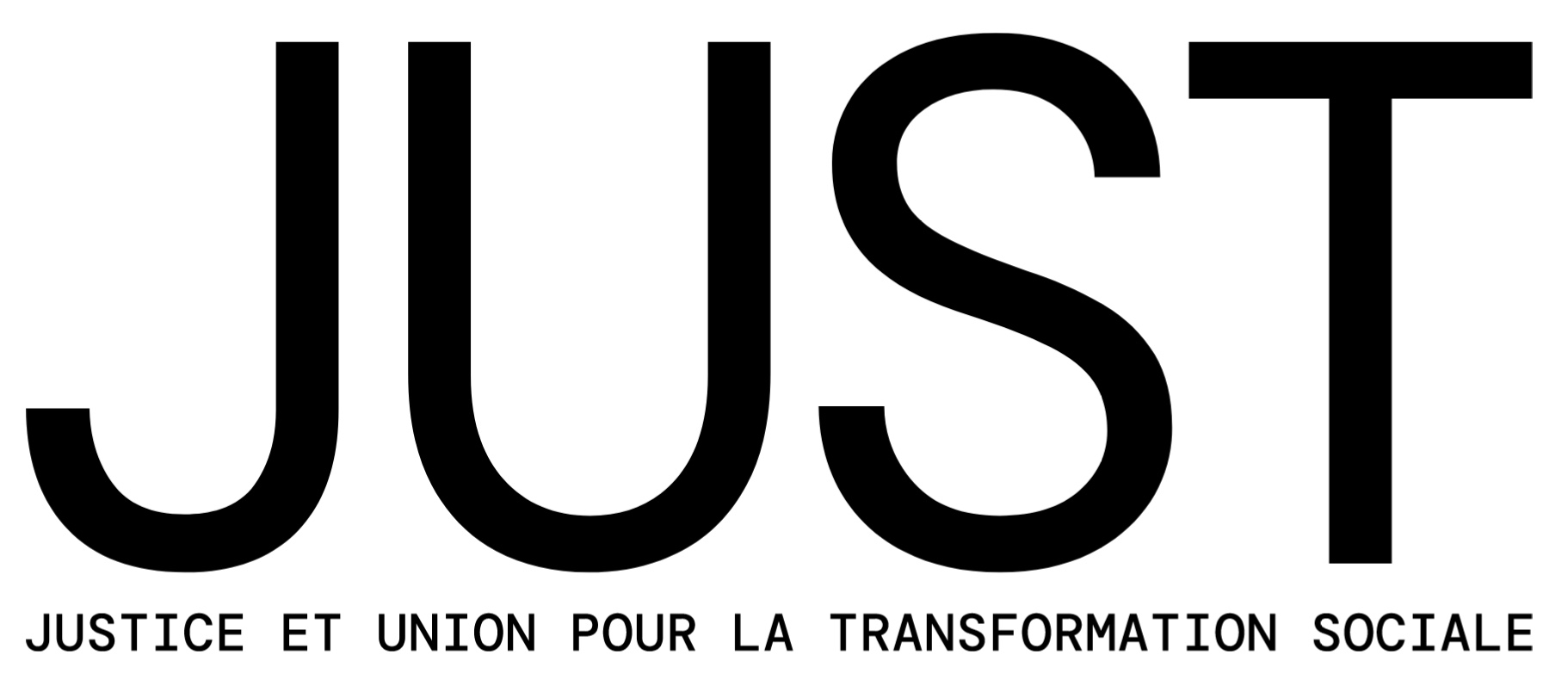
The Sindiane project is running in the framework of the the programs of JUST developping actions that lead to social transformation and greater social justice.
What Does the Aladin Online Handbook Contain?
On the Aladin website, you’ll find a variety of activity descriptions developed and tested in both international and local workshops with Arabic, Hungarian, Romanian, Polish, and Ukrainian-speaking communities in France and Germany.All resources are free and suitable for learners of all ages—from early childhood to adulthood.
The activities integrate elements from different art forms—mainly visual arts, but also performing arts and music—in two key ways:
Cultural Exploration: Activities focus on visual and musical elements from Arabic, Hungarian, Romanian, and Polish cultures, supporting access to cultural heritage and reinforcing a sense of identity.
Creative Learning Methods: Activities involve crafting, hands-on making, and physical expression, turning language learning into a creative, engaging, and empowering experience.
This approach promotes a positive, collective, and intergenerational learning experience—supporting language acquisition and strengthening community connections across generations.
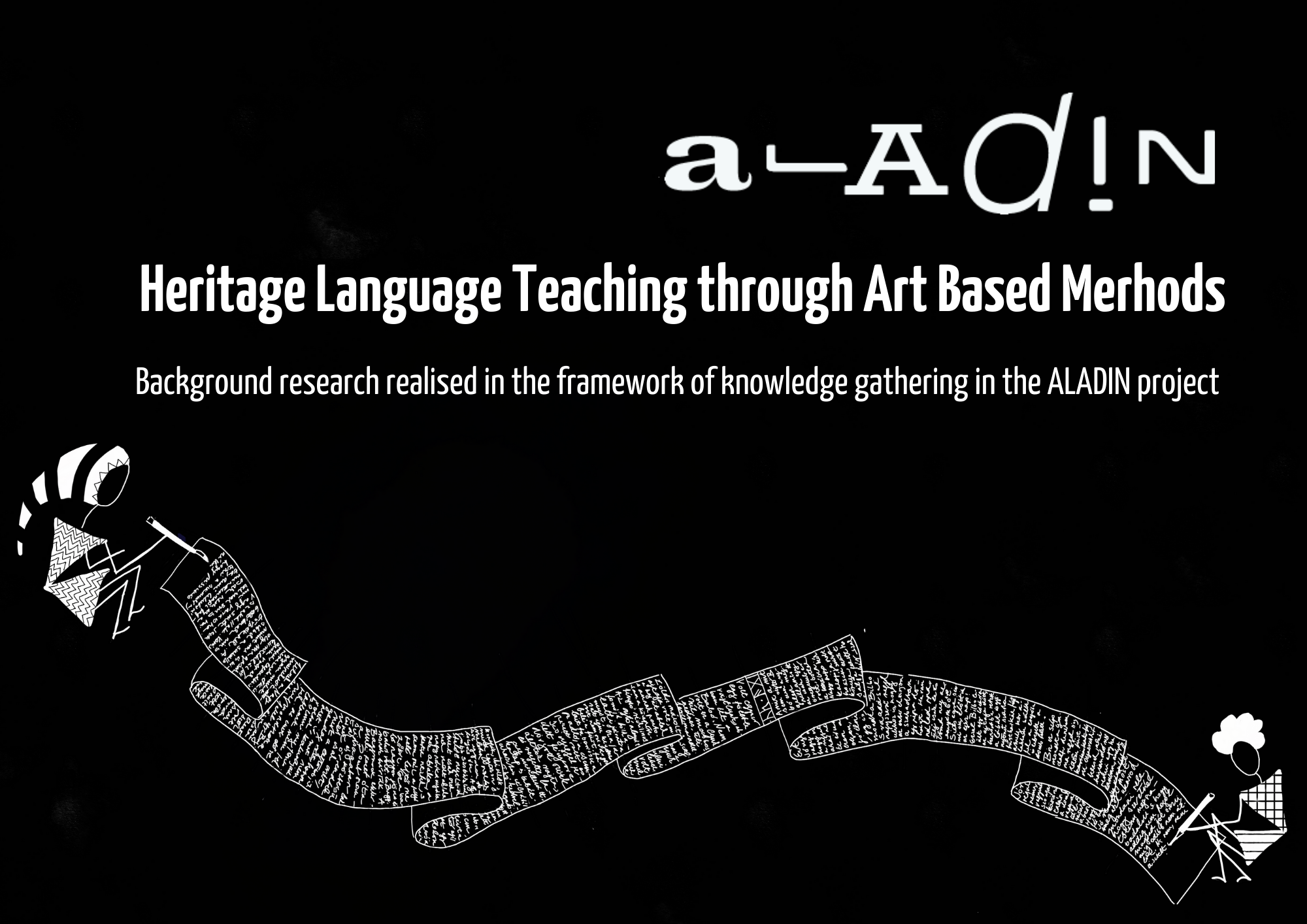
Discover Background Research
To deepen your understanding of heritage language education in France and Germany—whether as a parent or educator—you are invited to read our background study.
This study includes:
- A historical overview of heritage language education in both countries
- Case studies of current opportunities and policies
- A synthesis of interviews with educators and learners about their motivations, methods, and challenges
Inspiring examples of how art is used in language education, which can help you design your own creative learning experiences
How to Use Aladin Activity Descriptions
In the Activities section of the website, you’ll find 24 creative workshop ideas that support both language development and cultural exploration.
Descriptions are in English, with downloadable versions in German, French, Arabic, Hungarian, Polish, Romanian, and Ukrainian. Available languages are listed on the activity overview page, and you can download each version using the buttons to the right of each activity description.
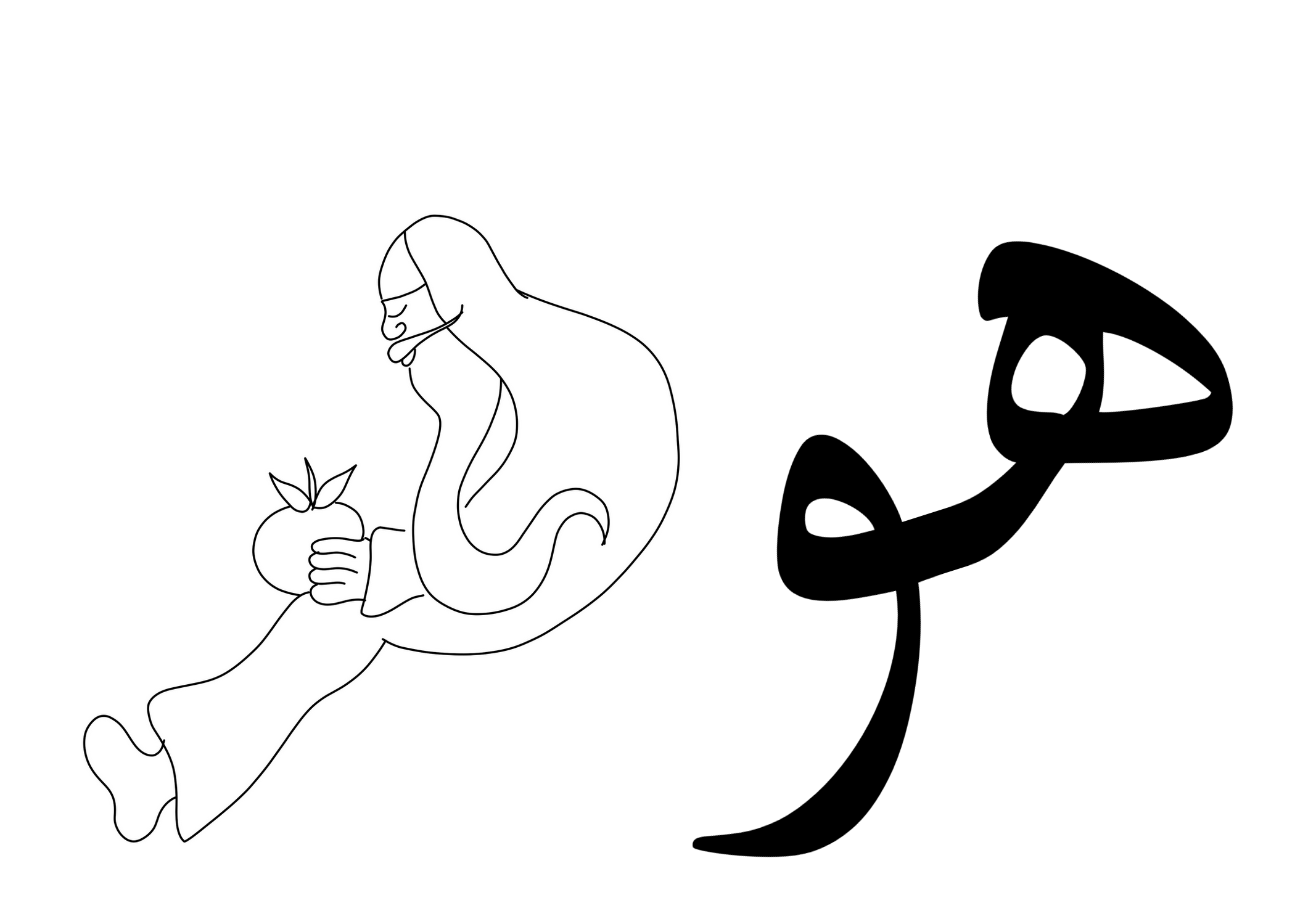
Adaptation for Different Languages
The described activities were tested in the heritage languages taught by the Aladin project partners. Therefore, cultural references, vocabulary examples, and linked resources correspond to those languages.
However, most activities can be adapted to other languages, age groups, and proficiency levels. To help with adaptation, each activity includes:
- Recommendations for adjusting the content
- Tips for practical setup
- Notes on possible challenges and useful resources
These are based on shared reflections and experiences of the project partners.
Parents, Families, and Community Involvement in Language Learning
In the case of heritage languages, learners are often motivated more by personal than professional reasons.
That’s why it is essential to involve parents, grandparents, and community members in the learning process—especially for children. The aim is to create natural, joyful, and meaningful opportunities to use the language, reinforcing a sense of belonging and pride in one’s cultural heritage.
Aladin activities are designed as creative language games that can also be practiced without a professional educator. Specific recommendations for parents are included in each activity description to support and encourage home-based language learning.
